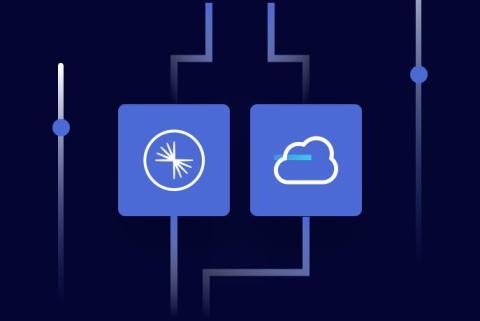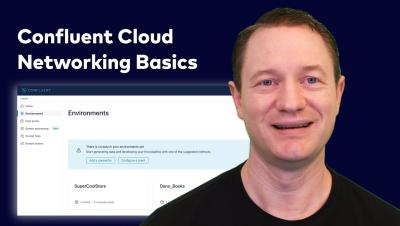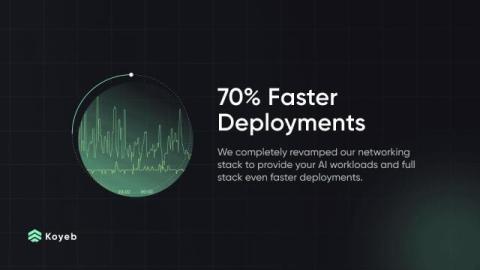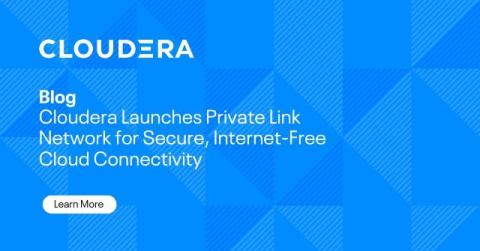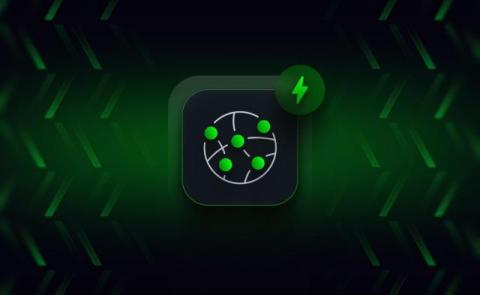New in Confluent Cloud: Extending Private Networking Across the Data Streaming Platform
As we step into the new year, it’s the perfect time to reflect on the exciting advancements Confluent made in 2024. Our Q4 launch wrapped up the year with a host of powerful features paving the way for even more innovation in 2025. This launch is all about delivering private networking and enhanced security across the data streaming platform.


